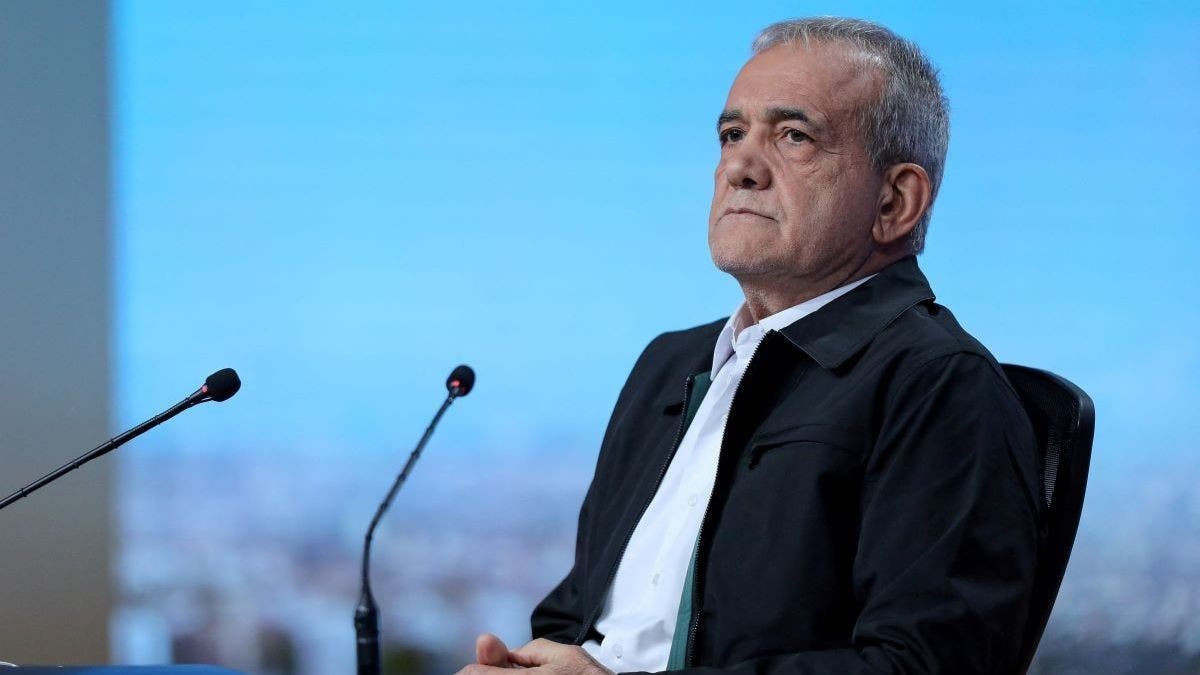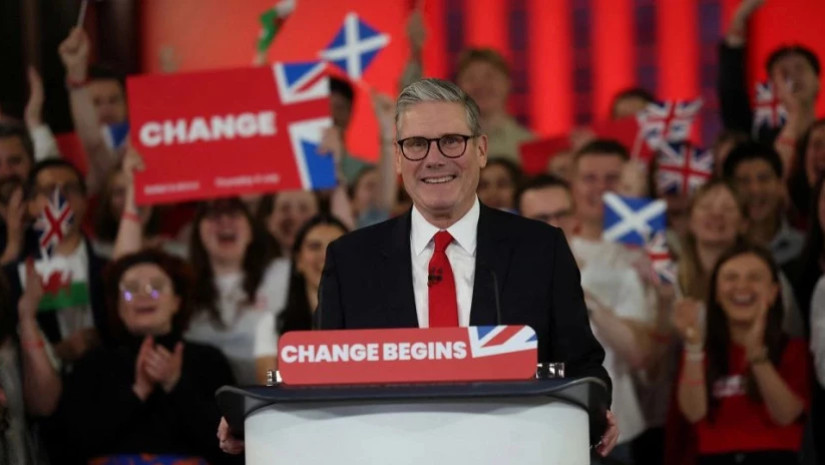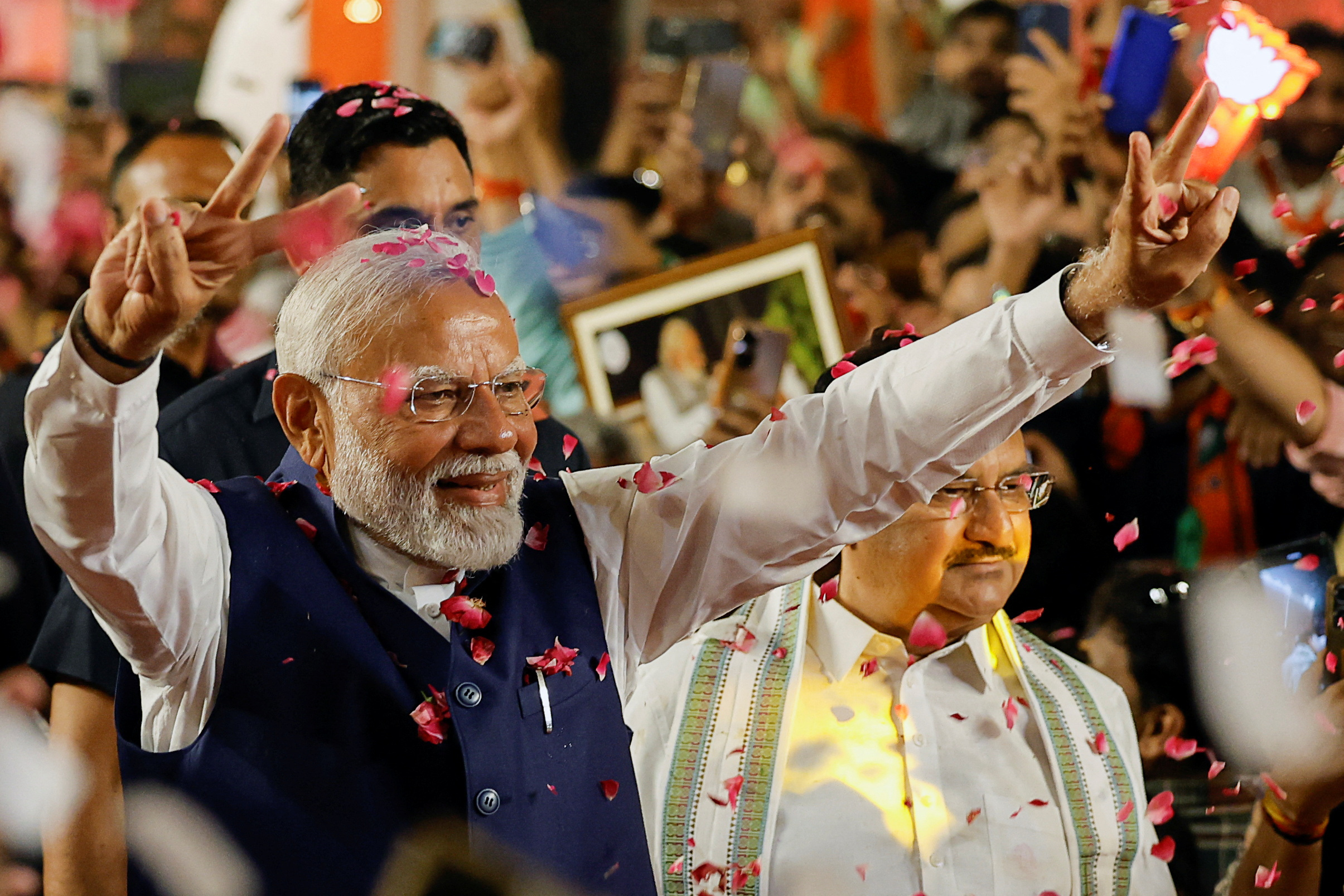New Guinea is a country located in the southwestern Pacific Ocean. It occupies the eastern half of the island of New Guinea, as well as numerous smaller islands. Here is some information about the political system in Papua New Guinea:
- Parliamentary Democracy: Papua New Guinea operates under a parliamentary democracy, where the government is elected by the people and the Parliament plays a significant role in the governance of the country.
- Head of State: The Head of State in Papua New Guinea is the Monarch of Papua New Guinea, currently Queen Elizabeth II of the United Kingdom. The position is largely ceremonial, and the Monarch is represented by the Governor-General, who is appointed by the Monarch on the advice of the Prime Minister.
- Executive Branch: The Prime Minister is the head of government and is appointed by the Governor-General. The Prime Minister is the leader of the political party or coalition that has the majority of seats in the National Parliament.
- National Parliament: The National Parliament of Papua New Guinea is the legislative body of the country. It is a unicameral parliament with 111 seats. Members of Parliament (MPs) are elected by the people through a system of universal suffrage and serve for a five-year term.
- Political Parties: Papua New Guinea has a multi-party system, with numerous political parties competing in elections. Coalitions are often formed among political parties to secure a majority in the National Parliament.
- Judiciary: The judiciary in Papua New Guinea is independent of the executive and legislative branches. The judicial system is based on English common law. The Supreme Court is the highest court in the country and is responsible for interpreting the constitution and ensuring the rule of law.
- Provincial and Local Level Governments: Papua New Guinea has a decentralized system of governance, with provincial governments and local level governments responsible for certain administrative and governance functions at the regional and local levels.



